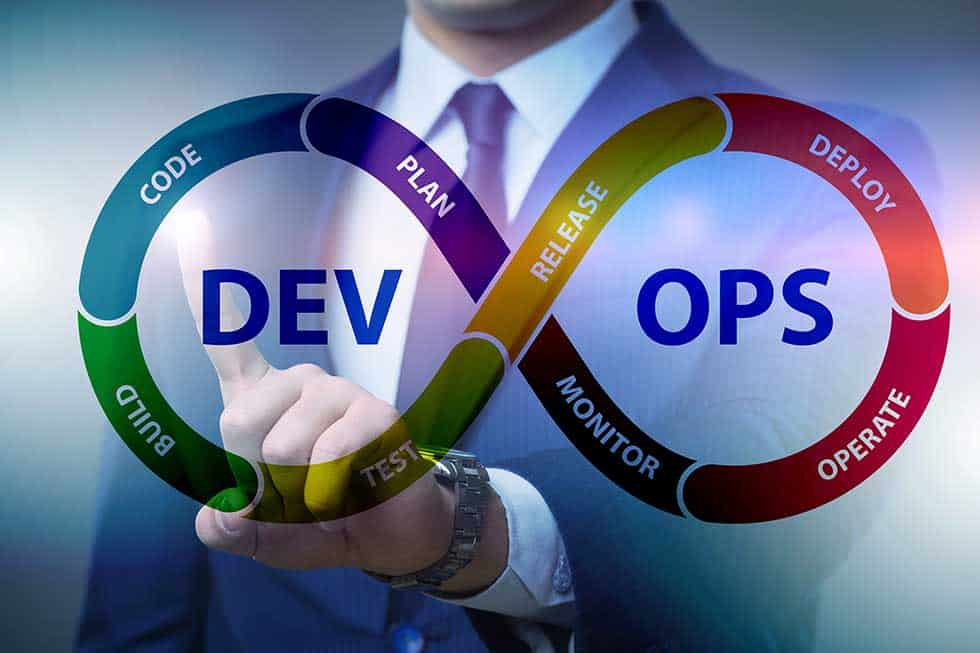By: Mark Lewis, SVP Sales and Marketing
Enterprises can Mishandle Continuous Delivery in Various Ways. How Can You Avoid them?
Scaling Continuous Delivery across the enterprise is critical for a successful DevOps transformation. Aimed at ensuring that you are building functionality that really delivers the expected customer value, continuous delivery reduces cost while improving time-to-market, quality, and security of your software releases.
Continuous Integration (CI) and Continuous Delivery (CD) have the power to inject true agility and impact on software delivery. Continuous Delivery is a concept where coding, integration, and testing can be automated and undertaken continuously. Any lags between software development and production readiness can be fixed proactively. It’s all about continually creating releasable artifacts with a continuous ability to test and release software. Any significant issue in the pipeline surfaces immediately and is solved then and there – instead of waiting for the code release.
According to Perforce, 65 percent of managers, software developers, and executives show that their organizations have begun using Continuous Delivery.
And yet, there are many challenges to overcome before you can deliver at the “Speed of the Business.” Continuous Delivery is supposed to remain unaffected by mishaps that haunt traditional software delivery models. But not if the organization falls short in a crucial area. The same report also shares that many organizations are reluctant to accept changes by adopting new technologies in existing processes and toolchains. Enterprises are struggling to adopt end-to-end automated practices for implementing DevOps and Continuous Delivery tools.
Continuous Delivery Failure Points
These Continuous Integration and Continuous Delivery challenges affect even the most well-planned initiatives.
- Inability to scale and maintain overload
- Vague delivery or iterative requirements
- Burden on development with too many deadlines and tight timelines
- Misalignment between build and delivery zones
- Inadequate testing and documentation
- Too much customization and ad hoc changes
- Lack of alignment and coordination between CI and CD teams
Any of these issues can be manifested in signs like,
- Pre-production issues because of the absence of an update or a missing database configuration
- Unknown vulnerabilities in a library
- Run-time errors
- Delays in delivery
- Conflicts between teams
- Repeated bugs
- Customer-side performance issues
Fix-It. Nix it.
So, how do you overcome these challenges of continuous delivery?
Here are some simple ways.
- Commit to code across the deployment pipeline and be clear about the overall mapping.
- If an issue emerges during delivery and deployment, give it the same gravity of attention as you would do in a production stage.
- Be agile enough to roll back, correct, and then roll forward.
- Form fast and crisp feedback loops.
- Use apt dashboards, metrics, and checks.
- Automate testing and feedback.
- Work on integration with existing toolsets.
- Ensure proper test coverage during deployment pipelines.
- Apply approaches like acceptance-test driven development, behavior-driven development, and fast test execution frameworks.
- Instill clear communication and collaboration across all teams.
- Ensure pragmatic and proper scheduling instead of running into over-commitments and burdens on development teams.
- Choose realistic product roadmaps with clear timelines and boundaries and accountability determinants.
- Try out cloud tools. The Mordor Intelligence Report also pointed out that implementing Continuous Delivery tools in the cloud provides high scalability, flexibility, and sharing capabilities with defined authority.
Continuous Integration and Continuous Delivery work wonders when they’re used and is a sorely needed improvement across software efforts in all industries. So, try to avoid common pitfalls and stay involved and focused on transforming your software journey – continuously.



